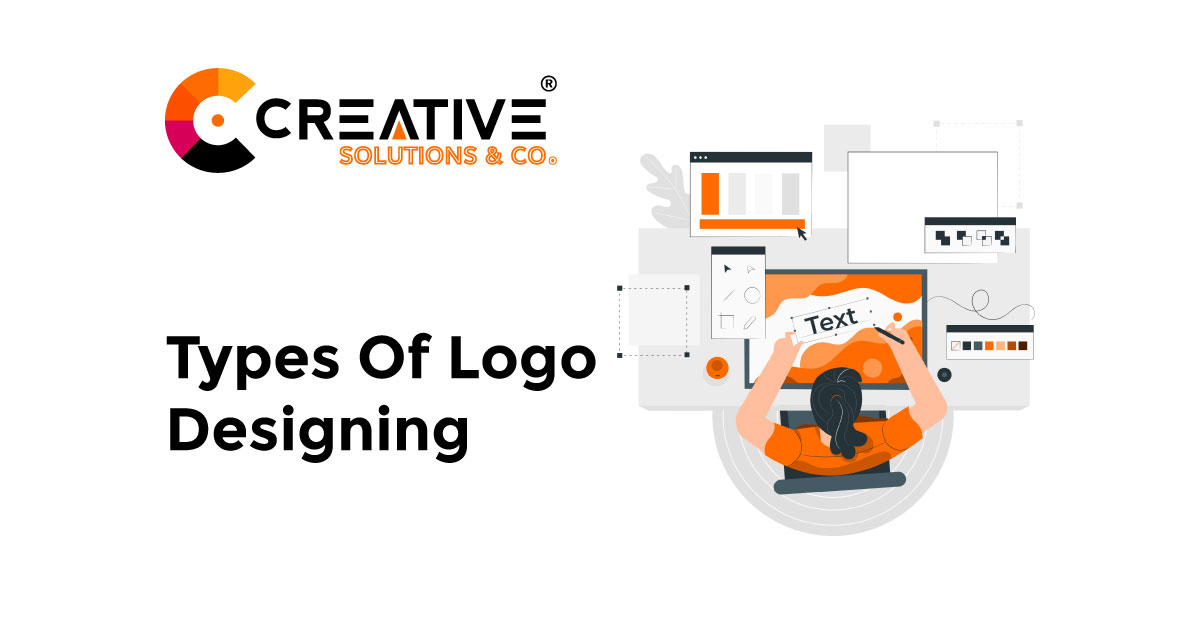
[et_pb_section fb_built=”1″ _builder_version=”3.22″][et_pb_row _builder_version=”4.9.7″ background_size=”initial” background_position=”top_left” background_repeat=”repeat” width=”100%”][et_pb_column type=”4_4″ _builder_version=”3.25″ custom_padding=”|||” custom_padding__hover=”|||”][et_pb_text _builder_version=”4.9.7″ background_size=”initial” background_position=”top_left” background_repeat=”repeat” hover_enabled=”0″ sticky_enabled=”0″] Types of logo designing . A logo

[et_pb_section fb_built=”1″ _builder_version=”3.22″][et_pb_row _builder_version=”4.9.7″ background_size=”initial” background_position=”top_left” background_repeat=”repeat” width=”100%”][et_pb_column type=”4_4″ _builder_version=”3.25″ custom_padding=”|||” custom_padding__hover=”|||”][et_pb_text _builder_version=”4.9.7″ background_size=”initial” background_position=”top_left” background_repeat=”repeat” hover_enabled=”0″ sticky_enabled=”0″] Branding For Business: Basic Guide Being an entrepreneur or marketer,

[et_pb_section fb_built=”1″ _builder_version=”3.22″][et_pb_row _builder_version=”4.9.7″ background_size=”initial” background_position=”top_left” background_repeat=”repeat” width=”100%”][et_pb_column type=”4_4″ _builder_version=”3.25″ custom_padding=”|||” custom_padding__hover=”|||”][et_pb_text _builder_version=”4.9.7″ background_size=”initial” background_position=”top_left” background_repeat=”repeat” hover_enabled=”0″ sticky_enabled=”0″] A logo is often misconceived as a

[et_pb_section fb_built=”1″ _builder_version=”3.22″][et_pb_row _builder_version=”4.9.7″ background_size=”initial” background_position=”top_left” background_repeat=”repeat” hover_enabled=”0″ width=”100%” sticky_enabled=”0″][et_pb_column type=”4_4″ _builder_version=”3.25″ custom_padding=”|||” custom_padding__hover=”|||”][et_pb_text _builder_version=”4.9.7″ background_size=”initial” background_position=”top_left” background_repeat=”repeat”] Why Creative Graphic Design Will Fly Your

[et_pb_section fb_built=”1″ _builder_version=”3.22″][et_pb_row _builder_version=”4.9.7″ background_size=”initial” background_position=”top_left” background_repeat=”repeat” width=”100%” hover_enabled=”0″ sticky_enabled=”0″][et_pb_column type=”4_4″ _builder_version=”3.25″ custom_padding=”|||” custom_padding__hover=”|||”][et_pb_text _builder_version=”3.27.4″ background_size=”initial” background_position=”top_left” background_repeat=”repeat”]Why Web Design is important? It has never

[et_pb_section fb_built=”1″ _builder_version=”3.22″][et_pb_row _builder_version=”4.9.7″ background_size=”initial” background_position=”top_left” background_repeat=”repeat” hover_enabled=”0″ width=”100%” sticky_enabled=”0″][et_pb_column type=”4_4″ _builder_version=”3.25″ custom_padding=”|||” custom_padding__hover=”|||”][et_pb_text _builder_version=”4.9.7″ background_size=”initial” background_position=”top_left” background_repeat=”repeat”] Marketing has always been about getting your
